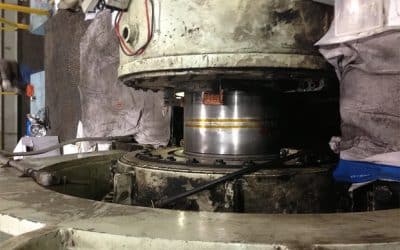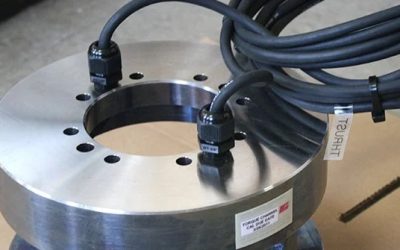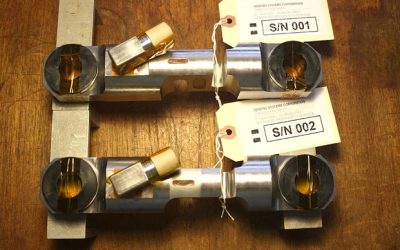Engineers are the people who design the world around us — and the tools they use are ever-important. They’re tasked with making the most accurate measurements and assessments possible when designing and engineering smart solutions to the problems we face in our everyday lives. While the olden days may have limited society’s most vital individuals to taking hand-made measurements with conventional tools, today’s marketplace is an entirely different beast. There are some serious pieces of equipment available today that should make the life of any engineer much, much easier.
Below are a few fast facts about the capabilities of some of the most impressive or most emergent technologies in the marketplace today. Some of the capabilities boasted about here are flat out impressive, even for a non-engineer or individual with a layman’s understanding of engineering. Let’s begin:
- Hydraulic load cells are able to operate at temperatures of -60 degrees C, or -76 degrees Fahrenheit. That’s quite impressive! The human body certainly cannot operate in environments that are that cold.
- The five different types of load cells are: strain gauge load cells, hydraulic load cells, diaphragm load cells, spool type load cells, and ring type load cells.
- Precise measuring equipment is calibrated by comparing the measurements of two instruments. One of the instruments has a known magnitude or correctness, against which you would measure the capabilities of a new device under test.
- Torque sensor units are able to operate in a wide temperature range. Some professional grade equipment is able to operate between temperatures of -450F and 450F. That’s hotter and colder than what our bodies can deal with.
- Load cells and similar sensors are frequently used in many weighing systems, because they offer a non-intrusive method of achieving a highly accurate load measurement. Properly installed and calibrated sensors can achieve an accuracy of up to 0.03%.
It seems that we certainly have come a long way in a very short amount of time. Some of these tools are incredible!




